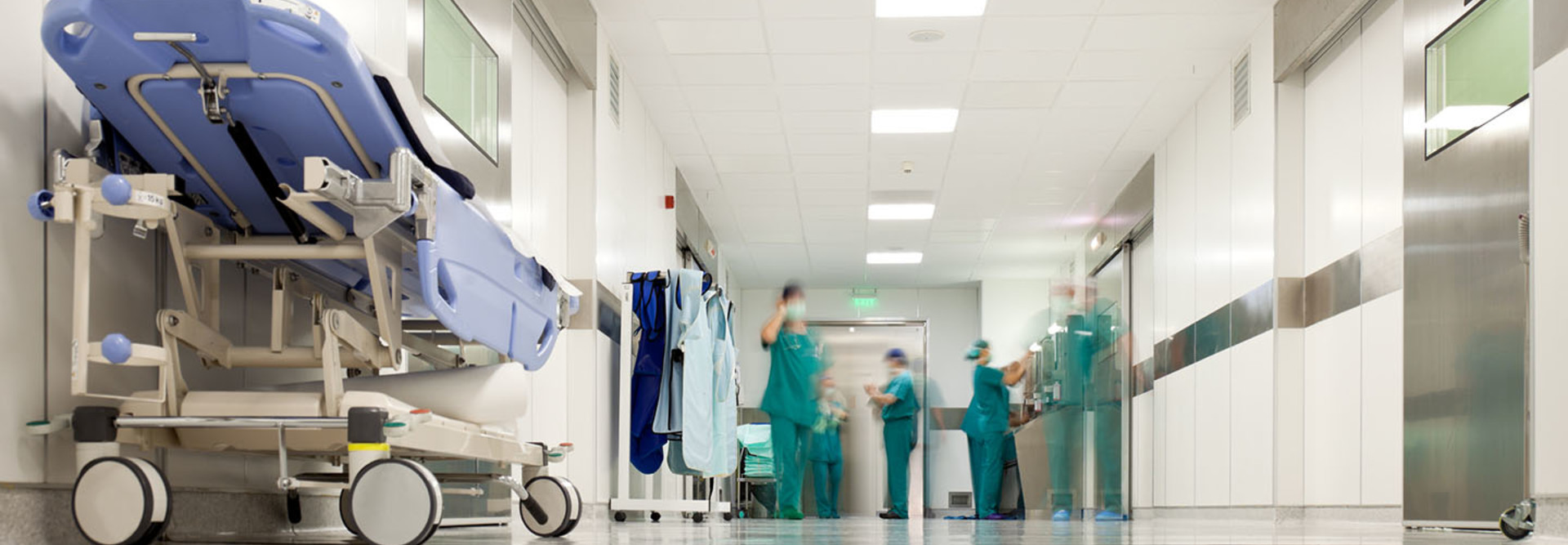Why Healthcare Organizations Should Prioritize Real-Time Tracking
The margin for error in healthcare is razor-thin. Seconds matter, and real-time knowledge on the whereabouts of staff, clinicians, patients and tools can mean the difference between life and death.
To improve service delivery and efficiency, hospitals today are increasingly taking advantage of growing connectivity and the Internet of Things. In particular, organizations are deploying radio frequency identification and real-time location services to tackle issues involving productivity and patient security. According to Zebra, 83 percent of respondents to its recent survey on the future of healthcare are expanding their use of RTLS for dynamic staff workflows, with a specific uptick in tracking medical devices, equipment and staff.
Washington Hospital Center in our nation’s capital, for instance, uses RTLS technology to report on patient and asset movement. Michigan Medicine, meanwhile, recently deployed active RFID technology to track 12,000 assets across five buildings and 1,000 beds, according to RFID Journal.
I anticipate that this trend will only continue to grow.
Improve Safety and Care Efficiency with RTLS
The potential benefits of using such technology are immense. The ability to track tools and staff in real time, no doubt, can help providers cut costs by enabling more efficient deployment of available resources.
RFID has also been shown to improve patient safety in several ways, including patient identification and monitoring and provider hygiene, according to an article published in the Online Journal of Nursing Informatics.
What’s more, in a study published in the Archives of Physical Medicine and Rehabilitation, researchers at Johns Hopkins Hospital relayed that RTLS was able to accurately measure patient ambulation (the ability to walk from place to place independently, with or without the help of a device). Such technology could help to more efficiently track patient progress during a lengthy recovery process.
Plan for Hurdles in RTLS Implementation
To get the most out of such tools, organizations must take into account the potential hurdles — including privacy and security and staff training — well before implementation. Clinicians and staff must understand what kind of data is stored and how it is used, and take steps to ensure that information is used only for its intended purpose and does not fall into the wrong hands. Robust training can help to drive home both the importance of security and the processes involved with deployment and use.
In addition, without first building an appropriate foundation for use, such solutions won’t be nearly as effective. Modernized wireless networks and storage can ensure not only that your organization can handle the increase in device use, but also the rise in information stored.
Real-time tracking, when implemented thoughtfully, has the potential to transform how healthcare organizations manage assets and care for patients. IT leaders would be wise to prioritize deployment sooner rather than later.
This article is part of HealthTech’s MonITor blog series. Please join the discussion on Twitter by using #WellnessIT.










